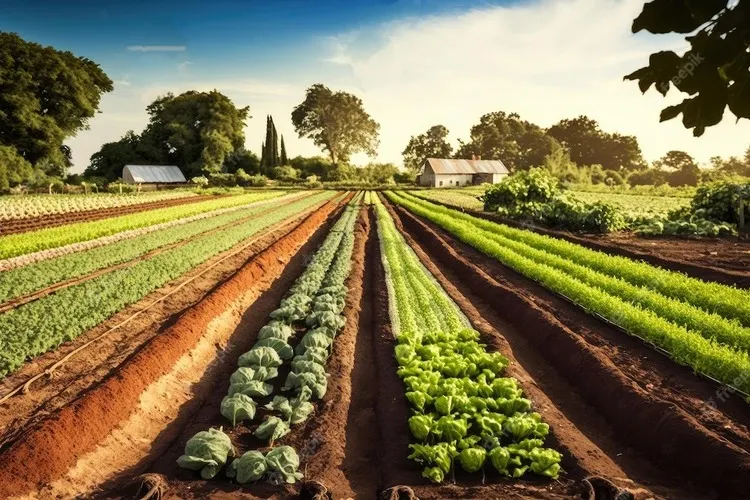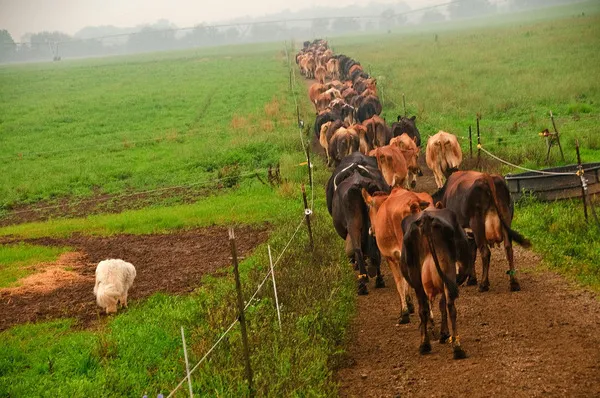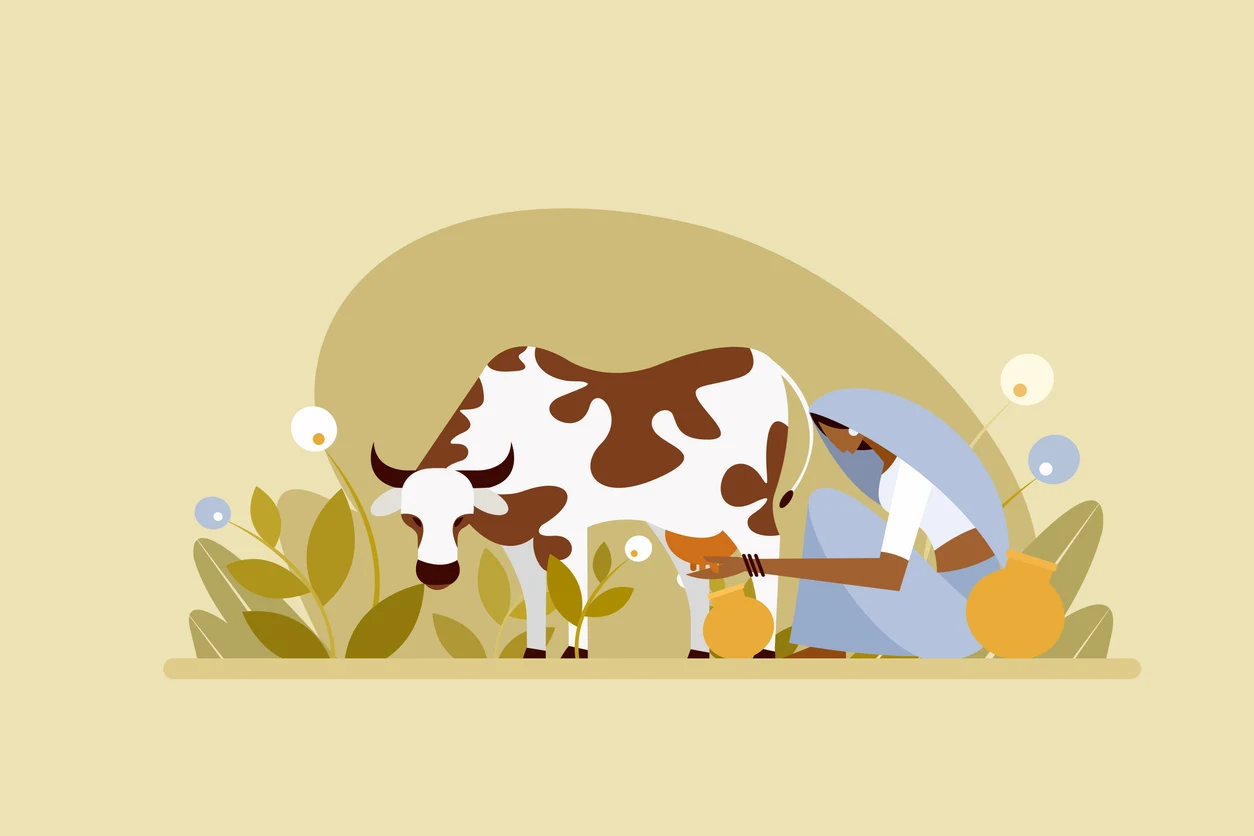In agriculture, various methods and practices have emerged over time to optimize land use, increase production and promote sustainable agriculture. One such approach is mixed crop and livestock farming, which combines crop cultivation and animal husbandry on a single plot of land. This unique farming system has attracted attention for its potential to increase resource efficiency, diversify income sources and contribute to food security. In this article, we will study the definition of mixed crop and livestock farming and highlight its main advantages.
 |
| Balance of Nature's Bounty: Harmony of Mixed Crop and Livestock Farming |
Definition of mixed crop and livestock farming
Mixed crop and livestock farming, often referred to as integrated farming or mixed farming, involves the simultaneous cultivation of crops and the raising of animals on the same field. This system integrates both plant and animal production in such a way that they complement each other, allowing for a more efficient and sustainable use of resources.
 |
| Herds: Definition Livestock Farming |
Crops produced in this system can serve as feed for livestock, while the animals contribute to soil fertility through Seh manure, which in turn increases crop productivity.
How did the farmer count his livestock?
Advantaged of mixed cropping and Animal husbandry
Diversified income streams: One of the primary benefits of mixed crop and livestock farming is diversification of income sources. Ranchers can create pay from both harvest deals and domesticated animals items like meat, milk, eggs and wool. This diversification can help hedge against market price fluctuations and reduce financial risks.
Nutrient cycling and soil fertility: Livestock contributes significantly to nutrient cycling in this farming system. Organic matter derived from animal waste enriches the soil, increases its fertility and reduces the need for artificial fertilizers. This nutrient cycling promotes sustainable soil health and long-term agricultural productivity.
 |
| A picture of a milking cow |
Reduced environmental impact: Mixed farming practices can reduce environmental impact. Efficient use of resources, such as recycling animal waste as fertilizer, reduces the pollution associated with intensive livestock production. In addition, crop-livestock integration can increase biodiversity and reduce the need for chemical inputs.
Enhanced Resilience: A mix of crops and livestock provides farmers with a safety net to withstand unpredictable weather conditions or market fluctuations. If one component of the system is negatively affected, others can compensate, helping to maintain overall agricultural productivity.
Optimized resource use: Mixed crop and livestock farming maximizes land use by using available space for multiple purposes. Livestock can graze crop residues or cover crops, reducing the need for additional feed and pasture land. This integrated approach reduces waste and increases efficiency.
Conclusion
Mixed crop and livestock farming is a versatile and sustainable agricultural practice that brings together crop cultivation and animal husbandry to create a harmonious and resource-efficient agricultural system. By promoting diverse income sources, nutrient cycling, reduced environmental impact and increased resilience, this approach promises to meet the challenges of a growing global population while protecting our natural resources. As we continue to explore innovative farming methods, mixed crop and livestock farming stands out as a model that benefits both farmers and the environment.


.png)
.jpg)

.jpg)
.jpg)



.jpg)


0 Comments